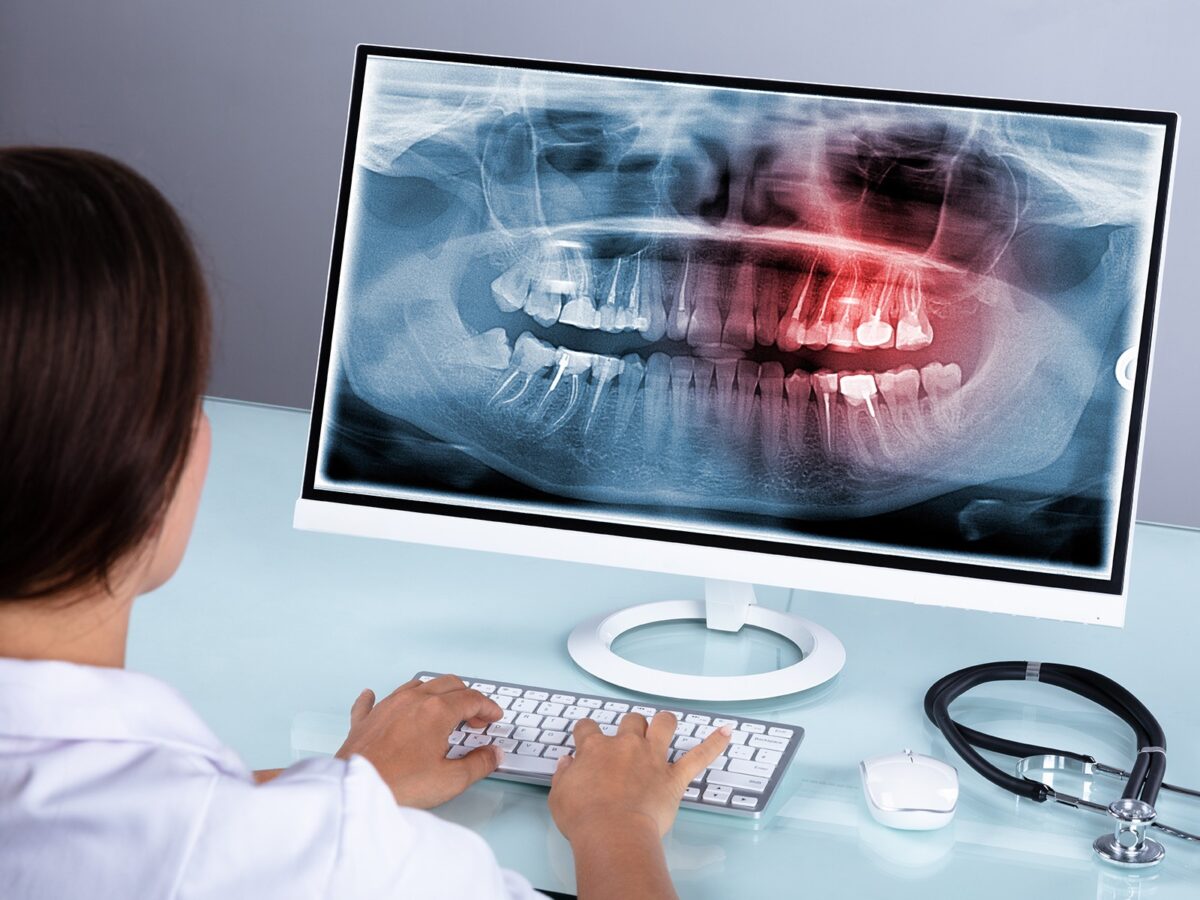Blog
Dental hygiene tips for healthy teeth & gums

Why Do Dentists take Dental X-Rays?
An X-ray image is created by using high-energy electromagnetic radiation. Our skin and organs are soft, low-density tissues, so these radiations cannot penetrate them. However, radiation from x-rays can be absorbed by more dense and complex material in our bodies, such as bones and teeth. These absorptions can be measured and displayed like photos via unique film or digital sensors.
It is for this reason that dental x-rays are so necessary. Using them, your dentist can see what’s behind your gums and deeper inside your teeth and jaw bone. It allows your dentist to identify oral health problems that may be invisible to the naked eye.
X-rays of the teeth are taken for a variety of reasons by dentists. Below are a few of the most common reasons :
A dentist uses X-rays to check for decay underneath fillings
Dental x-rays are sometimes needed to detect decay under fillings. The decay under fillings can recur some time after they have been placed. When the filling is quite old, its edges will deteriorate. As a result, bacteria can penetrate the filling and cause decay.
Pre-examination is essential before any procedure is performed
A dentist needs to thoroughly observe the teeth and bone before recommending procedures like braces, implants, and tooth extractions. To assess and recommend the proper treatment, some procedures may require x-rays to be taken by the dentist before proceeding. In addition, dentists need to see where nerves are located when performing surgical procedures to determine any additional risks involved.
Examine the area between the teeth for decay
Often, decay isn’t visible to the naked eye and occurs in areas that a dentist cannot see. For example, there is a high likelihood of decay occurring between the back teeth. To see clearly between the teeth, the dentist will routinely take x-rays.
Check for infection at the tip of the root
A dental x-ray is needed to confirm if an infection is present at the very bottom of your teeth, where the bone is located. An x-ray is needed before the dentist can determine if there is an infection and what treatment is necessary.
Ensure There Is No Bone Loss Due To Gum Disease
A dental x-ray can show how severe the progress of gum disease is via the amount of bone loss and which parts of the mouth appear to be the most impacted.
Fast and Safe
X-rays are painless and usually take less than five minutes. In addition, instead of taking multiple pictures of your teeth, your dentist usually takes one picture. Therefore, you are exposed to less radiation. This is why dentists frequently use x-rays to diagnose oral conditions. Also, a dental professional may give you a leaded apron and thyroid collar if you are undertaking an x-ray during pregnancy. The precautions serve to further reduce their radiation exposure.
To monitor the growth of adult teeth, children may need more dental X-rays than adults. Having this information allows the dentist to determine whether any baby teeth should be pulled to avoid complications, such as adult teeth growing behind the baby teeth.
Book an Appointment to find out which treatment might be best for you.
